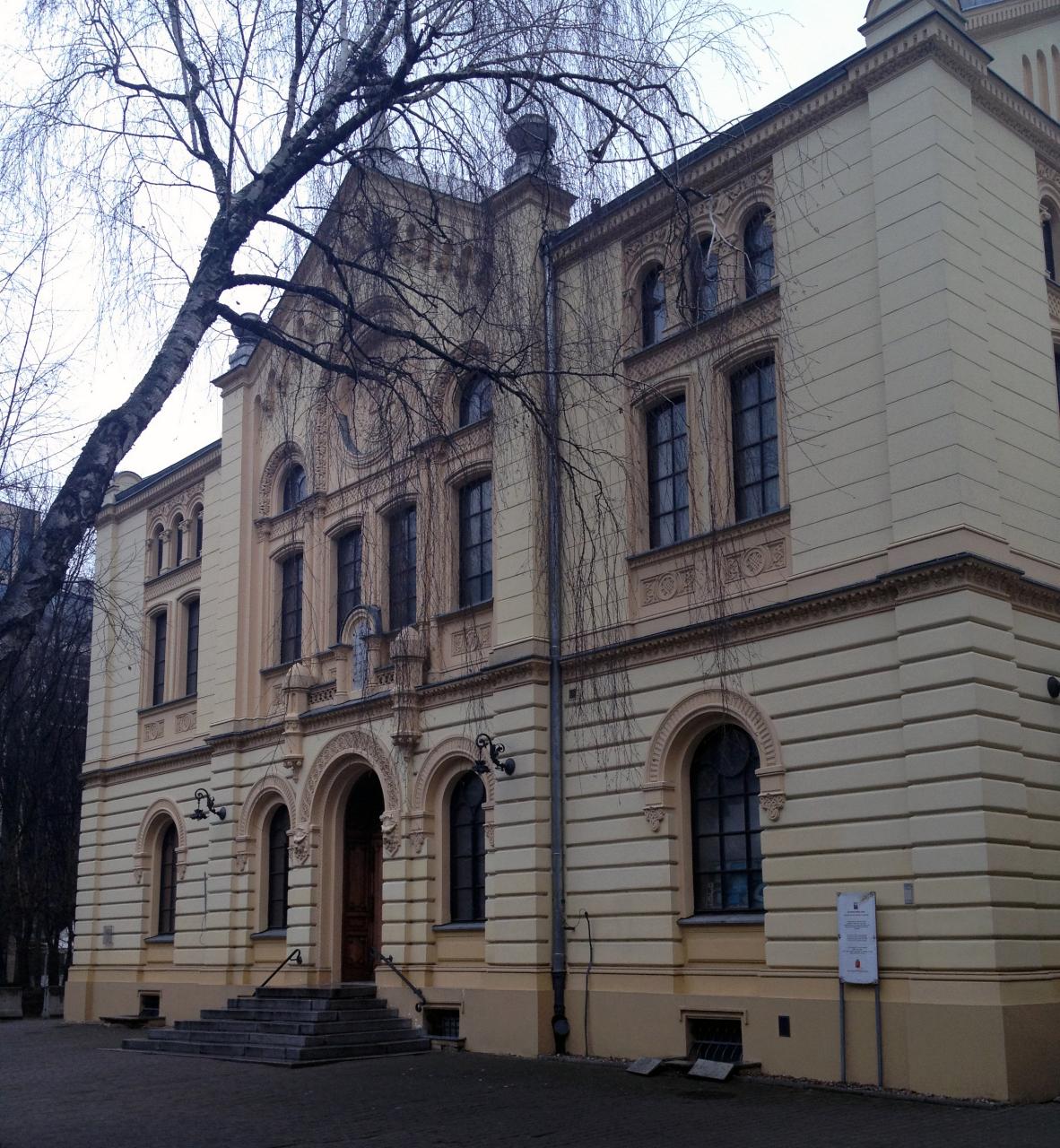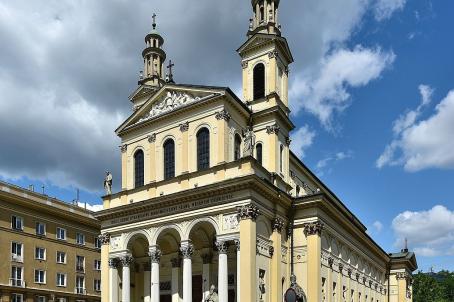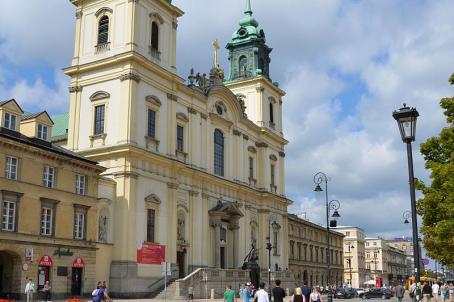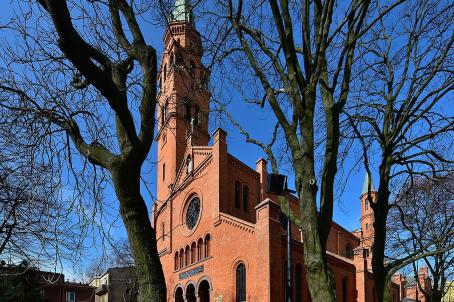Nożyk Synagogue in Warsaw

The Nożyk Synagogue in Warsaw is an Ashkenazi synagogue built between 1898 and 1902, rebuilt in 1923. The architects of the synagogue are Karol Kozłowski and Maurycy Grodzieński. This Rundbogenstil brick building still serves as a synagogue.
About this building
For more information visit on this building visit http://historicsynagogueseurope.org/browser.php?mode=set&id=12154





